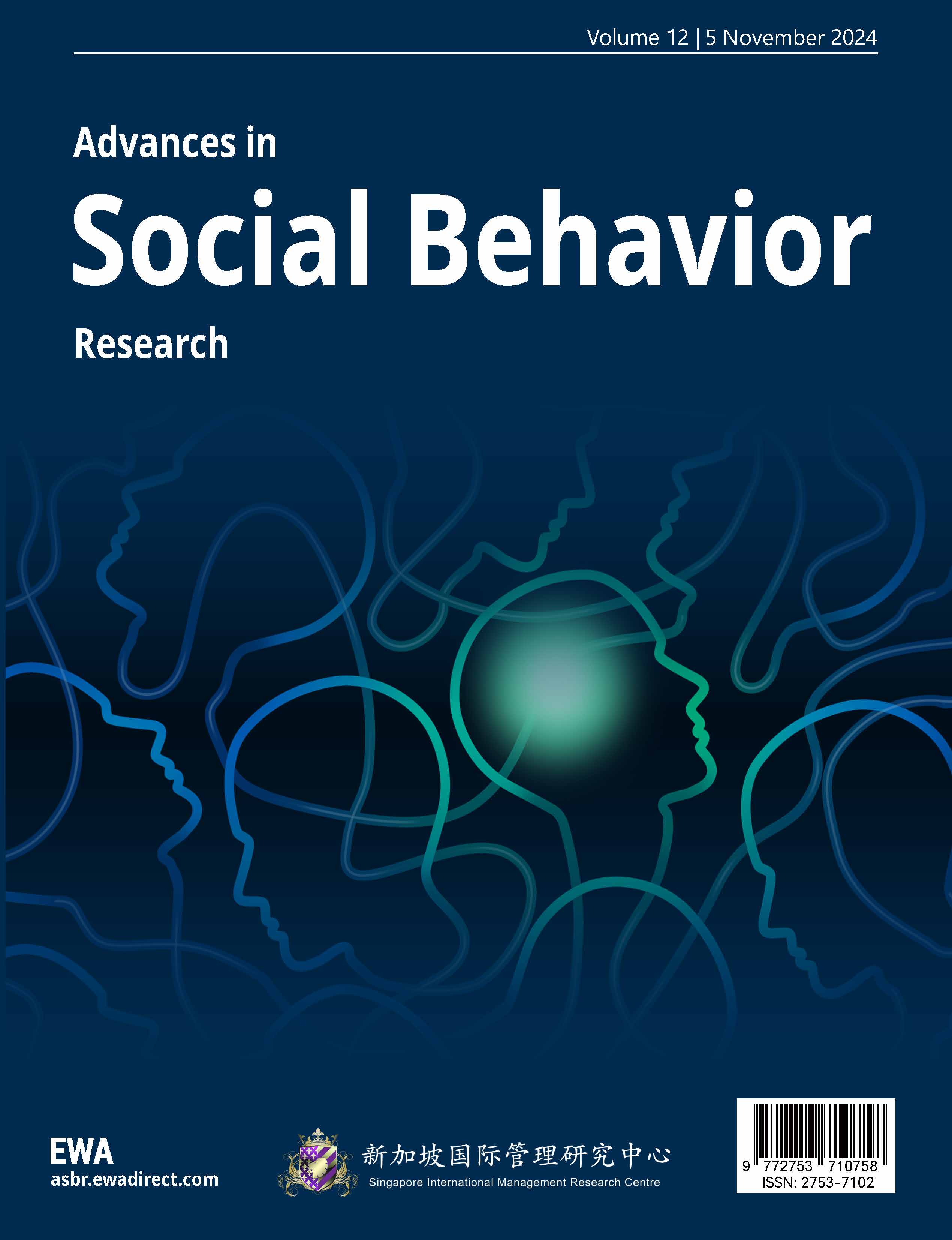References
[1]. Ministry of Education of the People’s Republic of China. (2020). General high school art curriculum standards (2017 edition, revised 2020) [Standard].Beijing: People’s Education Press. pp. 1, 2, 4.
[2]. Cheng, Z., & Huang, Z. (2022). Media transformation and paradigm shift: A study on the generation mechanism of film and television education in primary and secondary schools.Educational Academic Monthly, (9), 33–40, 112.
[3]. Qiu, K. (2024). Application of natural language processing technology in ideological and political education of foreign language courses: A case study of “sustainable development” discourse construction in German newspaper reading courses.Language Education, 12(04), 76–86.
[4]. Chen, Y., & Huang, Y. (2023). Leading the educational value of film and television education with the concept of “big ideological and political courses.”Secondary School Politics Teaching Reference, (31), 41–44.
[5]. Zhang, T. (2017). Exploration of the application of learning analytics technology in online ideological and political education for university students.Journal of Jiamusi Vocational College, (3), 124–125.
[6]. Kumar, O. (2023). Investigating the impact of artificial intelligence (AI) and technology in English language learning. Advances inSocial Behavior Research, 3(1), 27–36.



